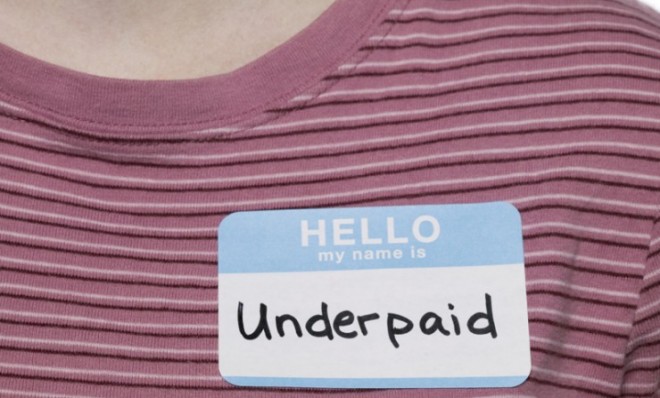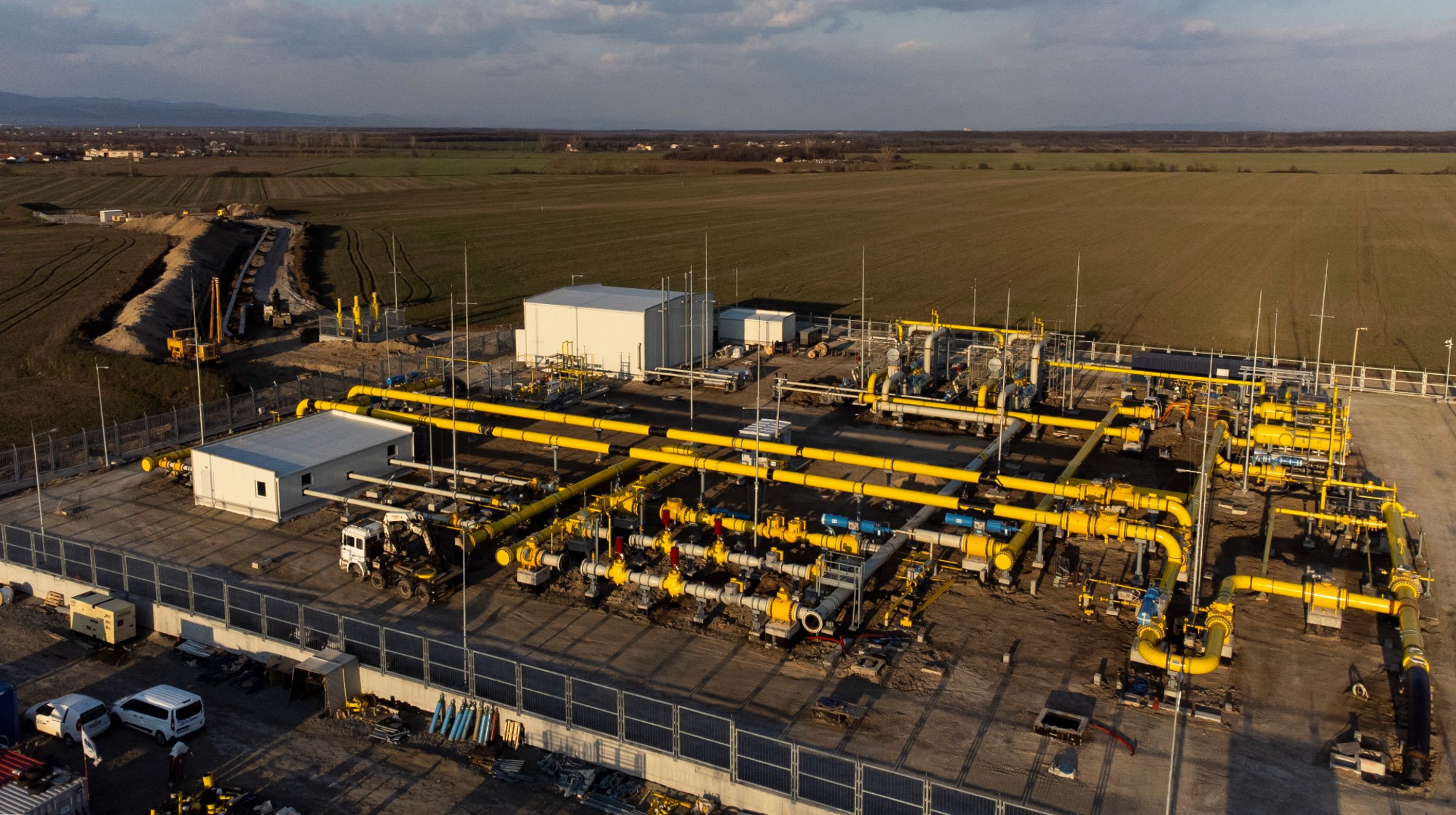Working, but still poor
Why is it that millions of Americans who have jobs can't make ends meet?

Who are the working poor?
They're the millions of people who have jobs that leave them mired at the edge of poverty. Their ranks include legions of retail clerks at chains like Walmart, fast-food workers, dishwashers, customer assistance representatives, home health-care aides, factory workers, and farm laborers. Some 46.2 million Americans now live in families where someone is working but earning less than the poverty line: $11,702 a year for an individual or $23,021 for a family of four. Many economists have a broader definition, saying that the working poor are those whose incomes do not cover basic needs: food, clothing, housing, transportation, child care, and health care. By that standard, there are more than 146 million Americans in the poor-but-working class. People in this category generally have no savings and survive from check to check, often filling in the gaps by going into debt. "Any little thing — a child getting sick, a car breaking down — those are quite significant events for these working families," said Brandon Roberts of the Working Poor Families Project.
Where do they live and work?
The Week
Escape your echo chamber. Get the facts behind the news, plus analysis from multiple perspectives.

Sign up for The Week's Free Newsletters
From our morning news briefing to a weekly Good News Newsletter, get the best of The Week delivered directly to your inbox.
From our morning news briefing to a weekly Good News Newsletter, get the best of The Week delivered directly to your inbox.
About half the working poor are white, mostly living in the South or Southwest. But African-Americans and Latinos are vastly overrepresented in their ranks: Over a quarter of blacks and Latinos live in poverty, while only a tenth of whites do. Most commonly they work for major national chains whose business models depend on very low labor costs — Walmart, Pizza Hut, McDonald's, Target. In these hugely successful companies, most of the profits go to top management and stockholders. The top 50 employers of low-wage workers, a recent study found, paid their top executives an average of $9.4 million a year and have returned $175 billion in dividends to their shareholders since 2006. In contrast, the typical worker eligible for the Earned Income Tax Credit, a tax break for low-income workers, has an adjusted gross income of $13,900. Since the Great Recession of 2008, about 60 percent of the jobs created in the U.S. have been low-wage ones. One out of four Americans now earns less than $10 an hour.
Is the minimum wage too low?
There is a strong case that it is. The federal minimum wage has been frozen at $7.25 since 2009, and the cost of living has risen more than 7 percent since then. Some economists argue that paying workers more would mean fewer jobs as labor costs rose, but others say that basic economic principle doesn't hold at the low end of the job spectrum. Many of these service jobs can't be outsourced or automated. But thanks to globalization and the waning power of labor unions, workers have little leverage to press for higher salaries.
Why are unions shrinking?
A free daily email with the biggest news stories of the day – and the best features from TheWeek.com
One major factor is that the manufacturing companies that were once a union stronghold have closed or sent their jobs overseas. But that's not the whole story. Canada's economy has seen similar changes over the past four decades, yet union membership there is still 30 percent, whereas in the U.S. it is 11.3 percent overall and less than 7 percent in the private sector. In the U.S., unions have dwindled partly because poor leadership has damaged their image, and partly because of "right-to-work" laws, now in place in 24 states, which effectively bar unions from organizing workers.
Do the working poor pay taxes?
They pay federal payroll taxes and sales taxes at the same rate as more affluent Americans, but they do not pay federal income taxes. Under tax programs that both Republicans and Democrats supported as a way to get poor people off welfare, workers with low incomes qualify for the Earned Income Tax Credit and often the Child Tax Credit. Perversely, however, these special tax breaks serve as disincentives for the working poor to make more money. A single mother earning $18,000 a year loses tax credits and benefits as she climbs the income scale, so for each additional dollar she makes, she effectively keeps only 12 cents. She has little incentive to increase her hours and her income unless she can make a major jump in salary.
Why not simply get a better job?
The best way out of low-paying work is to get a good higher education. But most of the working poor come from struggling communities where schools are not well financed, and kids who attend bad elementary and high schools are far less likely to attend college. Even today, only 30 percent of Americans get college degrees. And for those with only a high school diploma, job prospects are more limited than ever; the average high school graduate today makes $12,000 less than the average high school graduate did in 1980. Men who are unemployed or in low-wage jobs tend not to marry, or if they do, are likely to get divorced, creating a vicious cycle: Their children often grow up in single-parent homes, which are far more likely to stay poor. "Folks in our state are working hard, but for many families, working hard just isn't enough," said F. Scott McCown of the Center for Public Policy Priorities in Austin. "Things need to change."
How taxpayers subsidize Walmart
Walmart is the largest private employer in the U.S. — and has the most workers on public assistance. In 2007, the company shifted from regular shifts to flexible shifts, a change labor activists said was designed to force full-time workers to downgrade their status to part-time, so they would not qualify for health insurance or other benefits. The result is that hundreds of thousands of Walmart employees rely on state benefits or Medicaid. Most of the company's warehouses are contracted out to temp agencies, so even if a warehouse loader works full-time in a Walmart warehouse for years, he gets no benefits. Walmart has also spent at least $1 billion since 2005 settling lawsuits over unpaid wages or illegal working conditions. One study estimated that Walmart workers cost taxpayers more than $1 billion every year.
-
 ‘Managed wildfires have spread out of control before’
‘Managed wildfires have spread out of control before’Instant Opinion Opinion, comment and editorials of the day
-
 Separating the real from the fake: tips for spotting AI slop
Separating the real from the fake: tips for spotting AI slopThe Week Recommends Advanced AI may have made slop videos harder to spot, but experts say it’s still possible to detect them
-
 Europe sets 2027 deadline to wean itself from Russian natural gas
Europe sets 2027 deadline to wean itself from Russian natural gasIN THE SPOTLIGHT As international negotiators attempt to end Russia’s years-long invasion of Ukraine, lawmakers across the EU have reached a milestone agreement to uncouple the continent’s gas consumption from Moscow’s petrochemical infrastructure